On Tuesday, March 25, the Andrew Sabin Family Center for Environment and Sustainability hosted a conversation with former Environmental Protection Agency (EPA) administrators.
A packed crowd of students, professors, and community members filled Farrell Hall’s Broyhill Auditorium to hear former EPA Administrator Gina McCarthy deliver remarks. She then joined former Deputy EPA Administrator Janet McCabe for a Q&A, moderated by former EPA Acting Deputy Administrator Stan Meiburg, now executive director of the Sabin Center.
Clad in a crisp gingham blazer and speaking in her thick Boston accent, McCarthy immediately captured the audience with humor, realism and an unwavering determination to build a better future. Her energy was both inspiring and refreshing in today’s contentious political climate.
McCarthy, who spent the day engaging with Wake Forest students, opened by praising their sharp insights and tough questions.
“They [the students] gave me such a feeling that maybe I am underestimating just how quickly we can get our act together in the United States,” she said. “If young people continue to keep stepping up and continue to speak out, I think we have a really good shot at providing our kids a future we can all be proud of.”
The audience erupted in applause, momentarily drowning out the rest of her sentence.
McCarthy didn’t shy away from addressing the challenges facing environmental protection today.
“A lot is happening in our country and the world,” McCarthy said. “We’re dealing with a plethora of confusing—sometimes counterproductive and destabilizing, if not dangerous—announcements from the federal government. It feels like so much is at stake right now for our democracy, health, and wellbeing, and economic and national security.”
Despite these concerns, she remained defiant. “Nothing happening in this administration is going to tell me that we can’t succeed—because we can,” she asserted. “I’m Irish; I will fight to my death. And I may actually have to do that.”
McCarthy expressed deep concern over budget cuts within her “beloved EPA” but encouraged resilience. “Don’t panic. Buckle up,” she said, emphasizing the importance of collective action. She highlighted her work with America Is All In, a climate coalition advocating for policy change, and urged people of all ages to take action.
During the Q&A, McCarthy and McCabe discussed the future of U.S. involvement in international climate talks, how to engage people with differing political views on environmental issues, EPA authority and misinformation. They also discussed the role of state and local agencies in climate action.
McCabe, reflecting on her time in the Obama administration, emphasized local activism: “If the federal government isn’t going to work with us, and if you live in a state where leadership is lacking, go work with the cities, towns, counties, Boy Scouts, faith communities, and PTAs—who will.”
Meiburg closed the discussion by asking what McCarthy and McCabe would do differently in their careers if given a do-over. McCarthy quipped, “Well, I wouldn’t pick Janet,” sparking laughter from the audience—one of many lighthearted moments that balanced the evening’s serious topics.
McCabe, the more reserved of the two, answered thoughtfully, saying she wished she had built stronger relationships with fellow deputies across state departments.
As the evening concluded, the conversation returned to a theme of hope. “You have to give people something to run to, not just something to be scared of,” McCabe noted.
McCarthy agreed: “If people don’t feel like there’s hope and opportunity for them, then they give up. I’m trying to figure out the balance that gives people hope—and gets them excited enough to act.”
For these climate experts, the path forward lies in purposeful action—not just for the planet but for the people and generations who will inherit it.
—
The Old Gold & Black had the opportunity to sit down with both McCarthy and McCabe for further discussion.
Beza Zelalem: With the varying approaches to environmental regulation across states, how do you see the balance of power between state and federal governments in tackling these issues?
McCabe: Most environmental protection happens at the state level, including permitting, enforcement and inspections. No federal agency could cover all that ground. The EPA’s role has traditionally been to set baseline standards so that whether you’re in Miami or Anchorage, you can expect clean air and water. Over time, perspectives on that relationship have shifted, but many states have strong environmental programs.
Zelalem: Public perception plays a huge role in climate policy. How should journalists and policymakers frame these issues to shift the narrative?
McCarthy: I ask myself that all the time. How do we communicate better? I want people to see the benefits of clean energy, like improved air quality and lower costs. A student asked me today, “Are you also telling people what happens if we don’t act?” And honestly, I don’t emphasize that enough. I tend to focus on hope, but they’re right—there’s real risk if we don’t seize these opportunities. Communities that need investment aren’t getting it. Without action, air pollution will worsen. I try to be optimistic, but we have to be honest about the stakes.
Zelalem: What does the future of environmental justice look like with the current administration?
McCarthy: We have to stay hopeful, but we also have to face reality. This administration is trying to pull back funding from marginalized communities—communities that were allocated resources for a reason. Environmental justice is about ensuring these communities receive the investments they deserve. We’ve always struggled with how to do better in that regard, and it would be a shame to see those efforts derailed now.


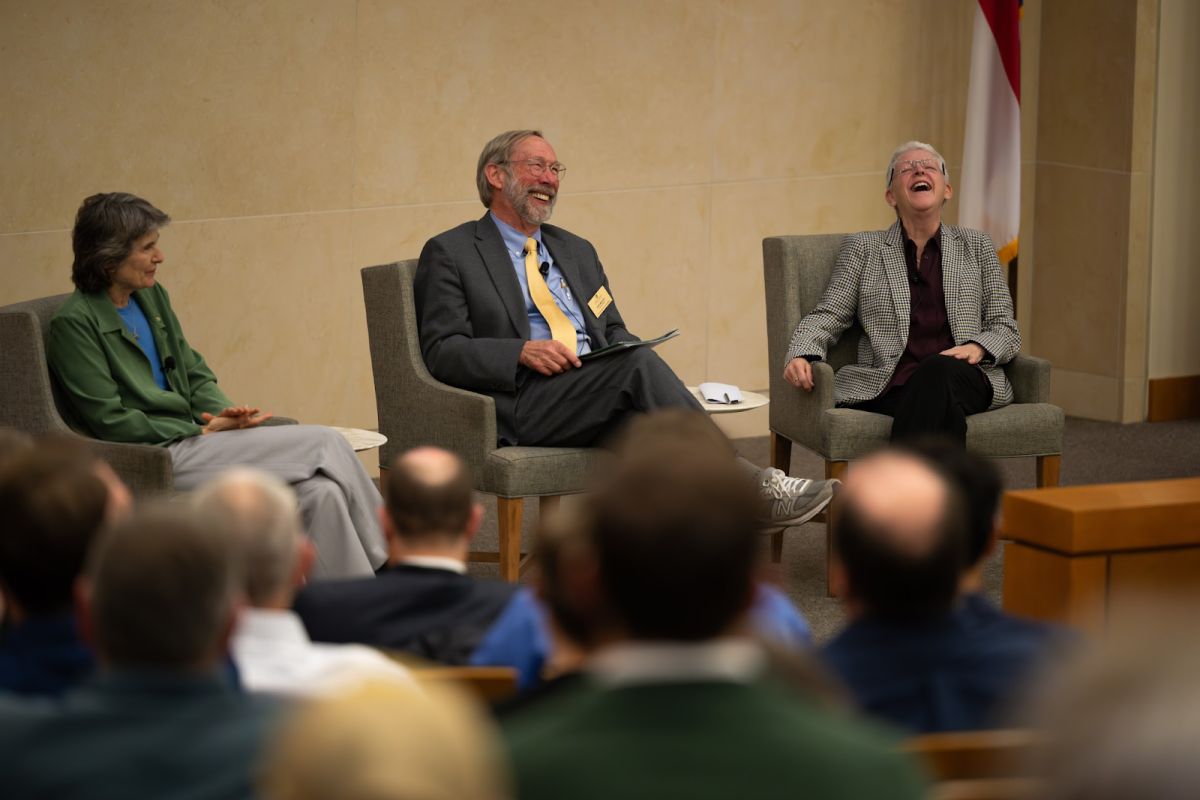
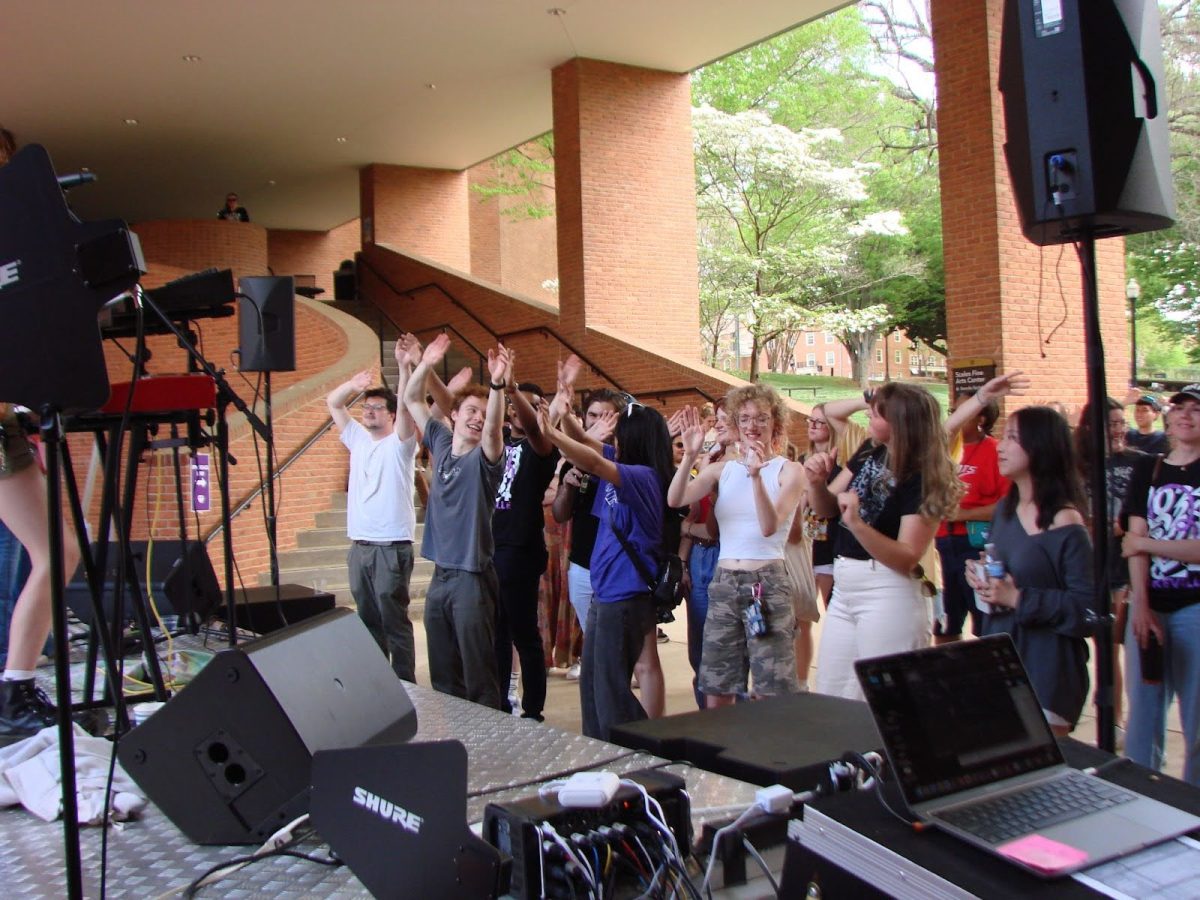
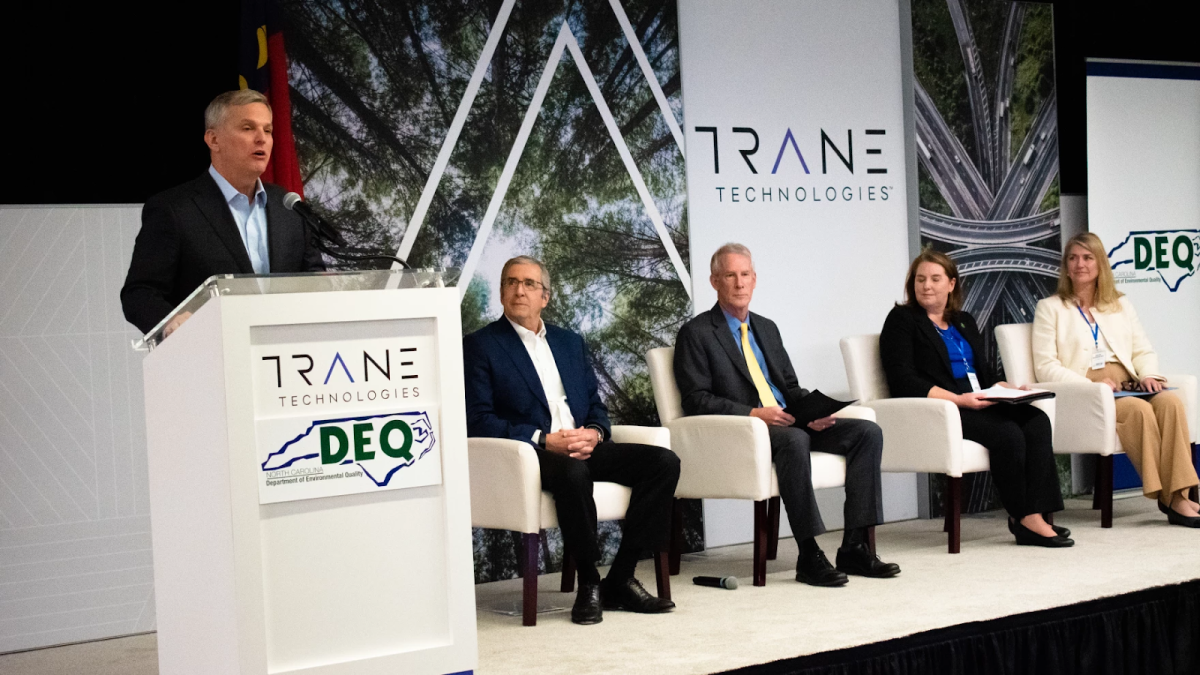
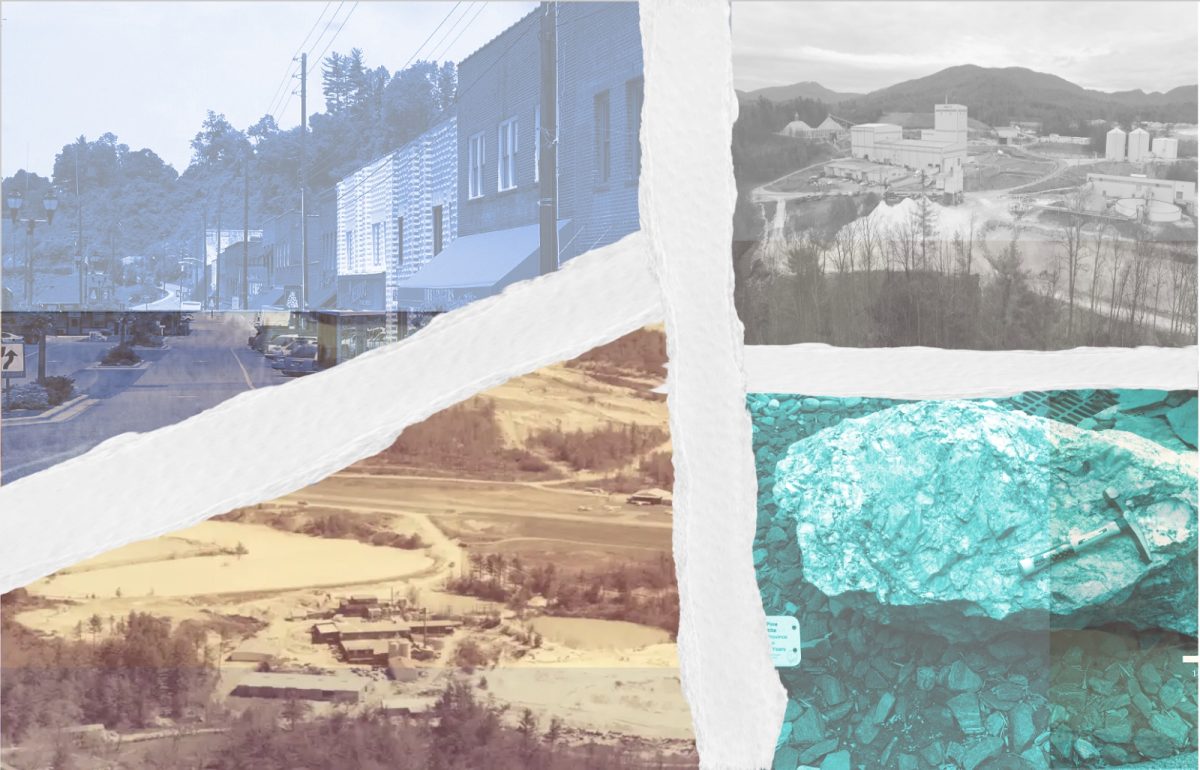
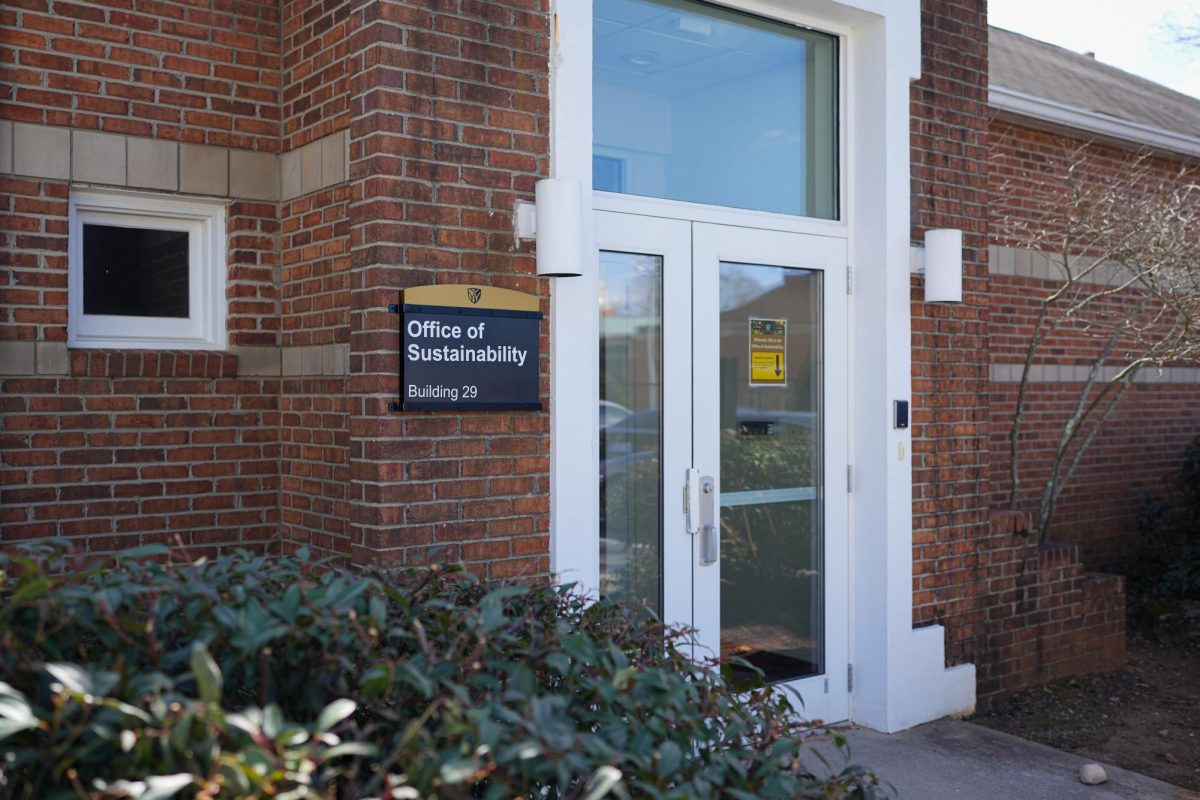
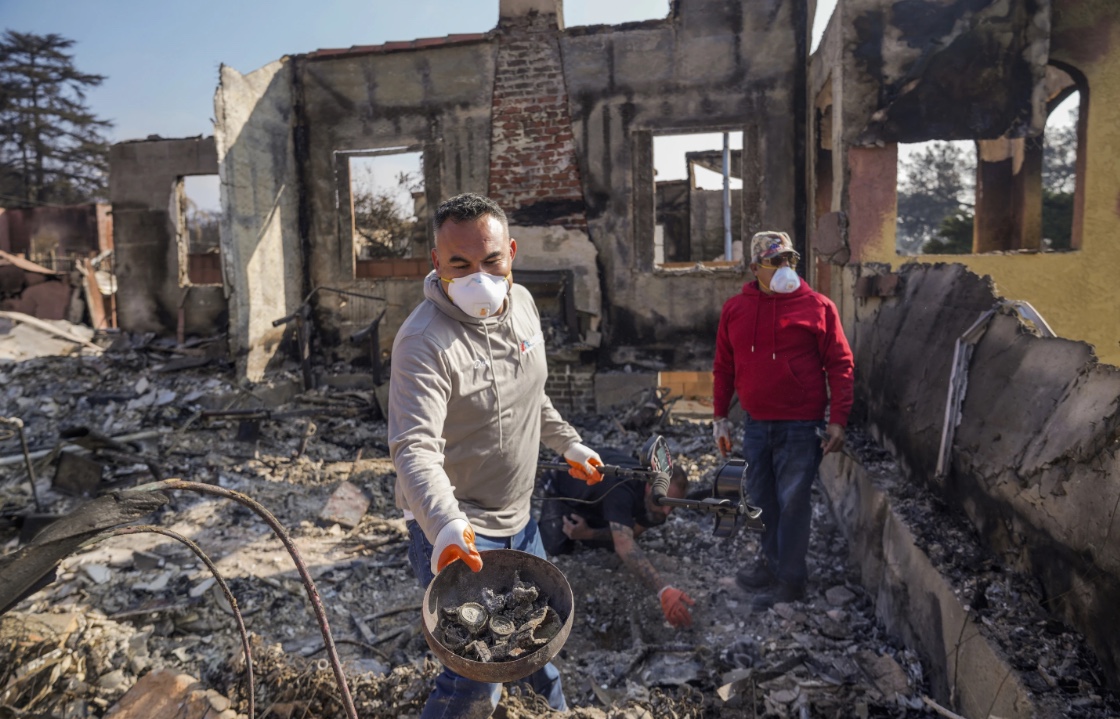
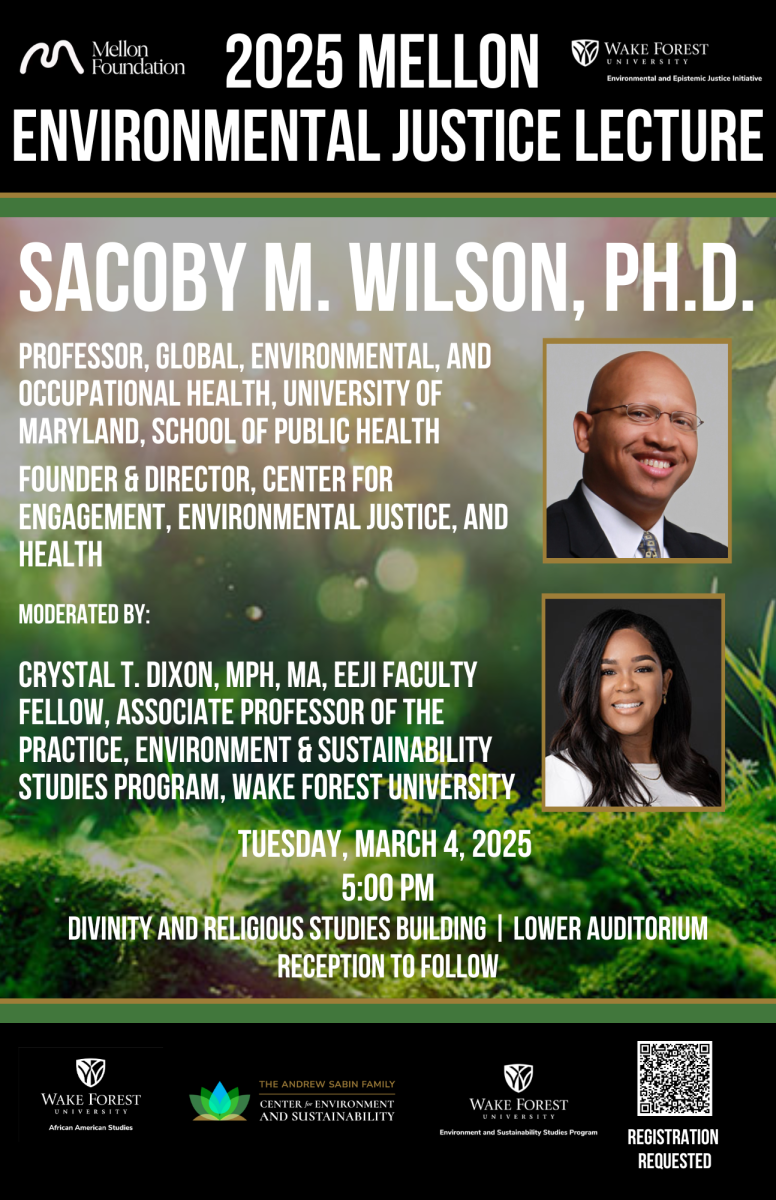

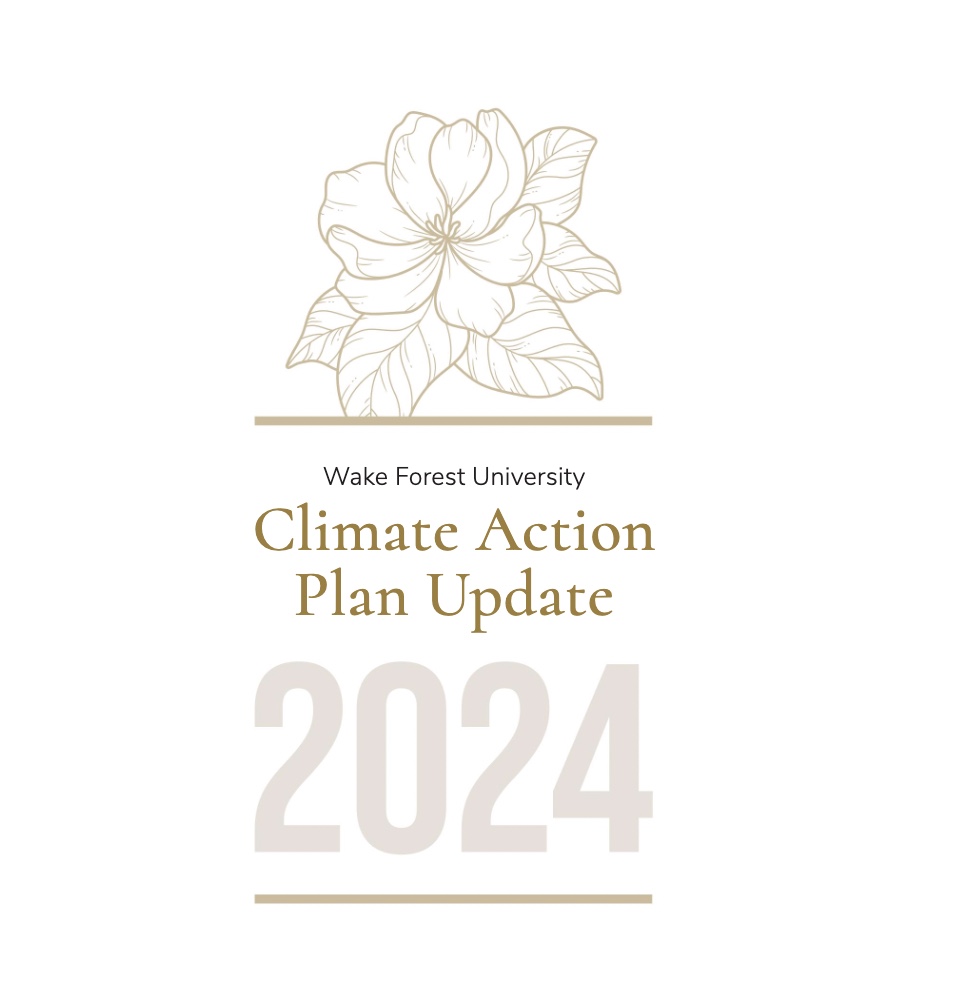
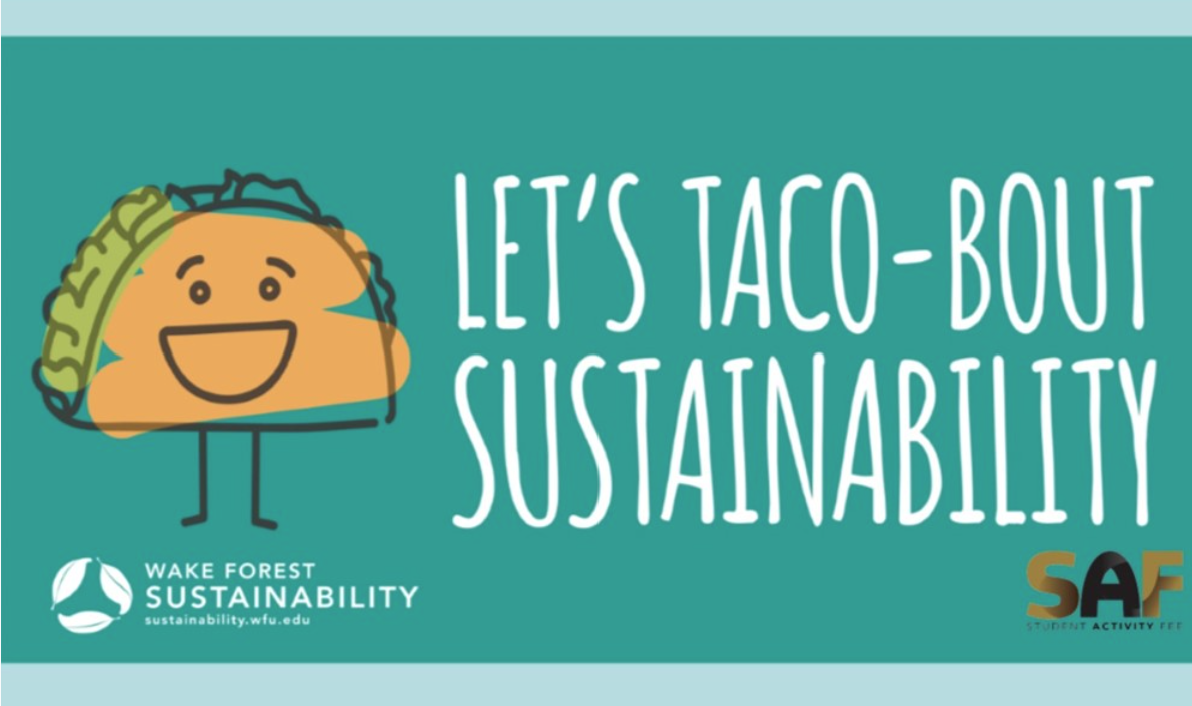


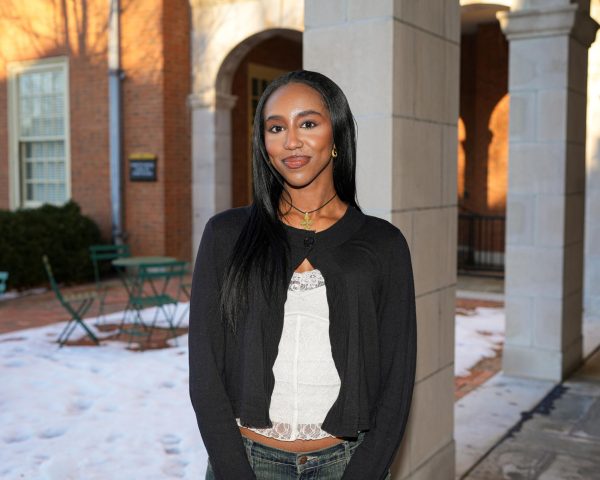
Keno • Apr 9, 2025 at 7:10 pm
Timely and pressing issue! Great read, Thank you